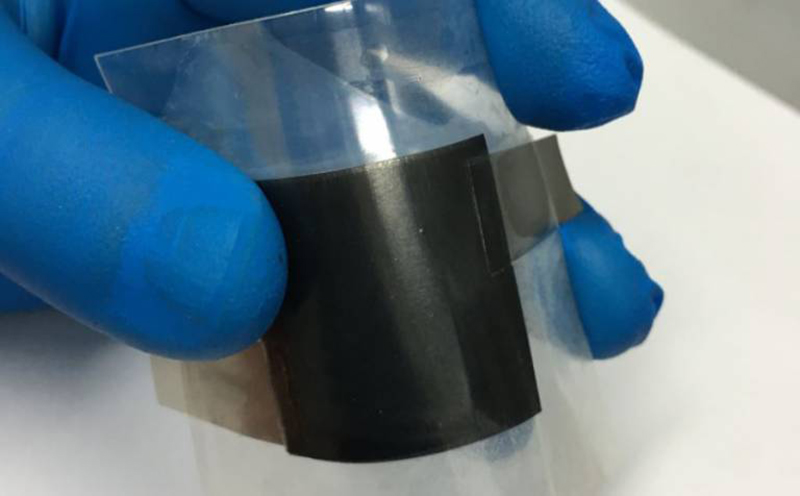Researchers at the University College London (UCL) and Chinese Academy of Sciences have developed a new bendable supercapacitor made from graphene, which charges quickly and safely stores a record-high level of energy for use over a long period.
At the proof-of-concept stage, the supercapacitor shows huge potential as a portable power supply in many viable applications, such as wearable technology, phones, and electric vehicles, reports UCL.
The discovery, published in Nature Energy, overcomes the issue faced by high-powered, fast-charging supercapacitors – that they usually cannot hold a large amount of energy in a small space.
Read more Swiss Researchers Develop Stretchable Batteries for Wearable and Foldable Devices
“Our new supercapacitor is extremely promising for next-generation energy storage technology as either a replacement for current battery technology, or for use alongside it, to provide the user with more power,” said first author of the study, Dr Zhuangnan Li at UCL Chemistry.
“We designed materials which would give our supercapacitor a high-power density – that is how fast it can charge or discharge – and a high energy density – which will determine how long it can run for. Normally, you can only have one of these characteristics but our supercapacitor provides both, which is a critical breakthrough.”

Li continued, “Moreover, the supercapacitor can bend to 180 degrees without affecting performance and doesn’t use a liquid electrolyte, which minimizes any risk of explosion and makes it perfect for integrating into bendy phones or wearable electronics.”
While the supercapacitor developed by the team has a comparable energy density to state-of-the-art value of lead-acid batteries, its power density is two orders of magnitude higher at over 10,000 Watt per liter.
The scientists made electrodes from multiple layers of graphene, producing a dense, but porous material capable of trapping charged ions of different sizes. They characterized it using a range of techniques and found it performed best when the pore sizes matched the diameter of the ions in the electrolyte.
Read more PolyU Researchers Develop Flexible High-Energy Textile Lithium Battery for Wearables
The optimized material, which forms a thin film, was used to build a proof-of-concept device with both a high power and high energy density.
Even when bent at 180 degrees, it performed almost same as when it was flat, and after 5,000 cycles, it retained 97.8% of its capacity.












